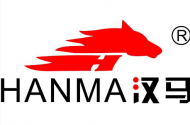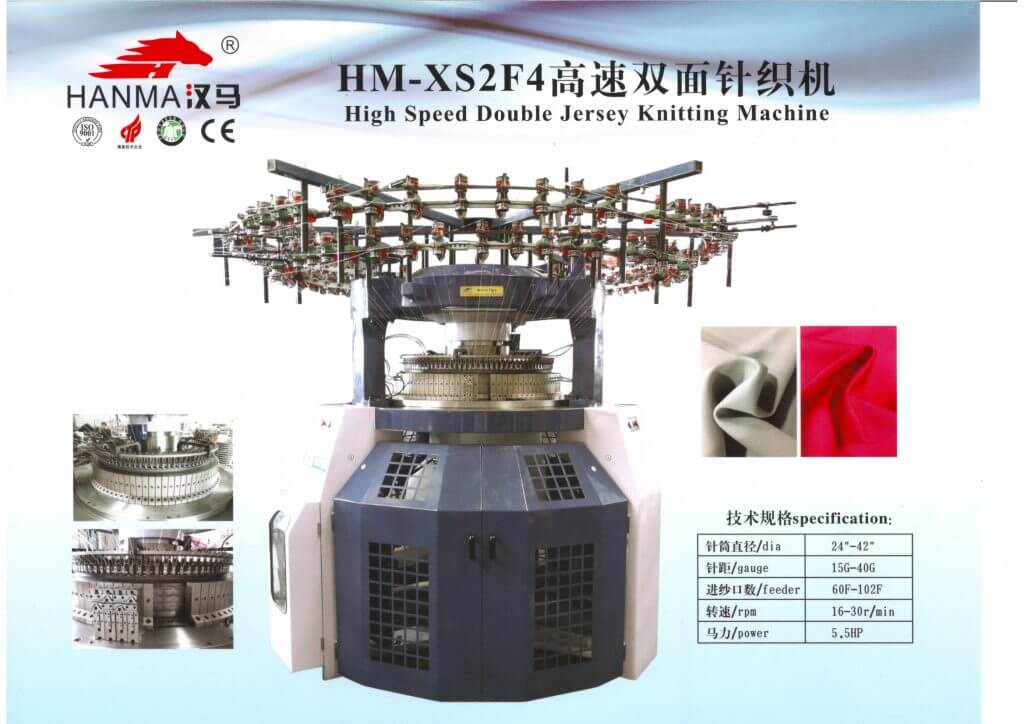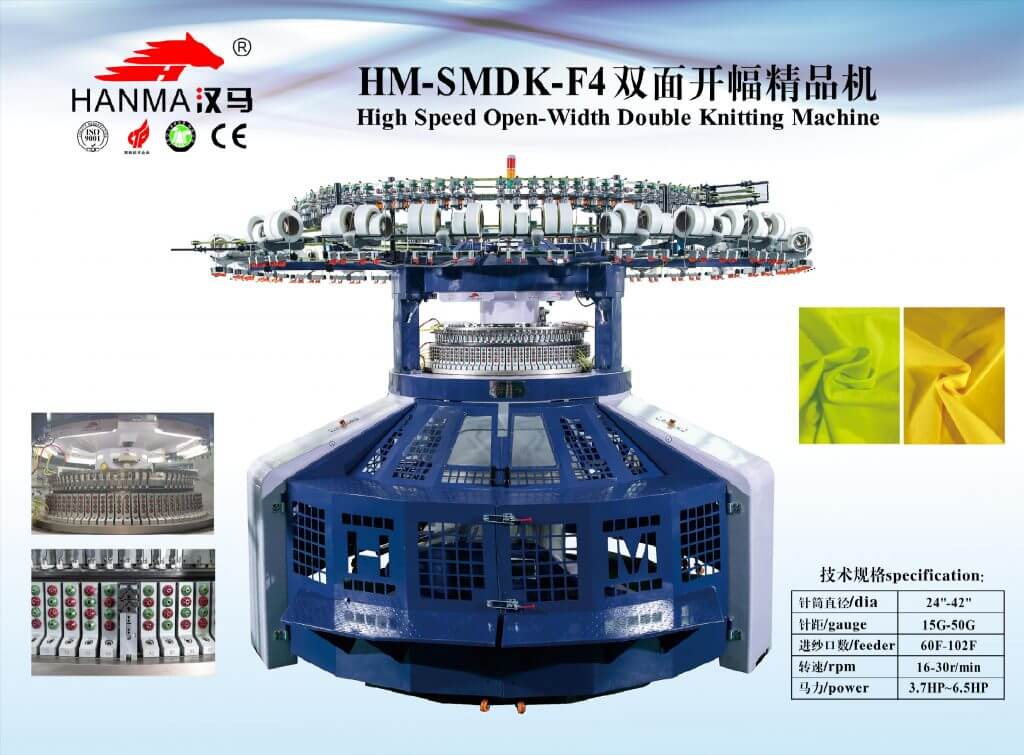In recent years, regenerated cellulose fibers (such as viscose, modal, Tencel, and other fibers) continue to appear, which not only timely meet people’s needs, but also partially alleviate the problems of lack of resources and destruction of the natural environment. Because regenerated cellulose fiber has the dual performance advantages of natural cellulose fiber and synthetic fiber, it is widely used in textiles on an unprecedented scale.
Today, let’s take a look at the most common
What is the difference between viscose fiber, modal fiber, and vessel fiber
01 ordinary viscose fiber (viscose)
Viscose fiber is the full name of viscose fiber. It is a cellulose fiber obtained by extracting and reshaping fiber molecules from natural wood cellulose with “wood” as raw material.


Preparation method: plant cellulose is alkalized to form alkali cellulose, and then reacts with carbon disulfide to form cellulose xanthate. The viscous solution obtained by dissolving in dilute alkali solution is called viscose. Viscose becomes viscose fiber after wet spinning and a series of treatment processes.

The non-uniformity of the complex forming process of ordinary viscose fiber will make the cross-section of conventional viscose fiber appear waist round or irregular, with holes in it and regular grooves in the longitudinal direction. Viscose has excellent hygroscopicity and dyeability, but its modulus and strength are low, especially its wet strength.
02 modal fiber
Modal fiber is the trade name of high wet modulus viscose fiber. The difference between modal fiber and ordinary viscose fiber is that modal fiber improves the disadvantages of low strength and low modulus of ordinary viscose fiber in the wet state, and also has high strength and modulus in the wet state, so it is often called high wet modulus viscose fiber.
Similar products of different fiber manufacturers also have different titles, such as Lenzing modal TM, polynosic, Fuqiang fiber, tiger kapok, and renewal of Austrian Landing company. Preparation method the high wet modulus performance is given by the special process of the production process. Different from the general viscose fiber production process:
(1) Cellulose should have a high average degree of polymerization (about 450).
(2) The prepared spinning stock solution has a high concentration.
(3) The appropriate composition of coagulation bath (such as increasing the content of zinc sulfate), reducing the temperature of coagulation bath, and delaying the forming speed are conducive to obtaining fibers with dense structure and high crystallinity. The inner and outer structures of the obtained fiber are relatively uniform, the skin core structure of the fiber cross-section is not as obvious as that of ordinary viscose fiber, the cross-section shape tends to be circular or waist circular, and the longitudinal surface is also relatively smooth. The fiber has high strength and modulus in the wet state and excellent moisture absorption energy. It is also suitable for underwear. The inner and outer layer structure of the fiber is relatively uniform, the skin core layer structure of the fiber cross-section is not obvious as that of ordinary viscose fiber, the cross-section shape tends to be circular or waist circular, the longitudinal direction is smooth, the wet state has high strength and modulus, and the moisture absorption performance is excellent.

03 lessel fiber

Lyocell fiber is a kind of man-made cellulose fiber with natural cellulose polymer as raw material. Invented by the British container company and later produced by the Swiss Lanjing company, the trade name is Tencel. In China, its homonym “Tiansi” is adopted.
Preparation method vessel uses N-methyl many oxide (NMMO) aqueous solution as a solvent, which can directly dissolve cellulose pulp to obtain a spinning solution, then uses wet spinning or dry-wet spinning method, takes a certain concentration of ammo-h2o solution as coagulation bath to form the fiber, and then stretches, washes, greases and A new type of cellulose fiber prepared by drying.

Compared with the conventional viscose fiber production method, the biggest advantage of this spinning method is that NMMO can directly dissolve cellulose pulp, the production process of spinning stock solution can be greatly simplified, the recovery rate of NMMO can reach more than 99%, and the production process hardly pollutes the environment. The morphological structure of Lyocell fiber is completely different from that of ordinary viscose. The cross-section structure is uniform, round, and there is no skin core layer. The longitudinal surface is smooth and has no groove. It has excellent mechanical properties, good washing dimensional stability (shrinkage is only 2%), and high moisture absorption. It has a beautiful luster, soft feel, good drape, and elegance.
Differences among viscose, modal and vessel
- Fiber section
Description of fiber surface morphology
Fiber name
Longitudinal shape
Transverse shape
Viscose
The diameter is uniform, the surface is smooth, and there are clear and dense stripes
Solid serrated
modal
The diameter is uniform, the surface is smooth, and there are one or two grooves
In “C” shape or dumbbell shape
Lyocell
The diameter is uniform and small, the surface is smooth and shiny, the tail is slightly fibrillated, and there are small fibers scattered
Circular or nearly circular - Fiber characteristics
Viscose fiber
It has good moisture absorption and meets the physiological requirements of human skin. The fabric is soft, smooth, breathable, not easy to generate static electricity, anti ultraviolet, comfortable to wear, easy to dye, bright color after dyeing, good color fastness and good spinnability. The wet modulus is low, the shrinkage is high, and it is easy to deform. After launching, the hand feels hard, and the elasticity and wear resistance are poor.
Modal fiber
It has soft touch, bright and clean, bright color and good color fastness. The fabric feels particularly smooth, the cloth surface has bright luster, and the drapability is better than the existing cotton, polyester and viscose fiber. It has the strength and toughness of synthetic fiber, silk like luster and hand feeling. Its fabric has wrinkle resistance and ironing resistance, good water absorption and air permeability, but its fabric has poor straightness.
Lessel fiber
It has a variety of excellent properties of natural fiber and synthetic fiber, with natural luster, smooth feel, high strength, basically no shrinkage, good moisture permeability and air permeability, soft, comfortable, smooth and cool, good drapability, durable and durable. - Scope of application
Viscose fiber
Staple fibers can be pure spun or blended with other textile fibers. They are suitable for making underwear, coats and various decorative articles. Filament fabric is light and thin. In addition to being used as clothing material, it can also be used to weave quilt and decorative fabrics.
Modal fiber
Modal’s knitted fabrics are mainly used for underwear, sportswear, casual wear, shirts, high-grade ready-made clothing fabrics, etc. Blending with other fibers can improve the poor straightness of pure modal products
Lessel fiber
Covering all fields of textile, we can produce high-quality and high-grade products in cotton, wool, silk and hemp products, as well as knitting or weaving fields.
Related Product
DOUBLE JERSEY Circular KNITTING MACHINE
DOUBLE RIB JACQUARD CIRCULAR KNITTING MACHINE
DOUBLE JERSEY AUTO-STRIPER CIRCULAR KNITTING MACHINE (FOUR/SIX COLORS)
DOUBLE JERSEY JACQUARD CIRCULAR KNITTING MACHINE
PILE LOOP SHEARING CIRCULAR KNITTING MACHINE
DOUBLE JERSEY OPEN WIDTH KNITTING MACHINE
Related Article
Several types of regenerated fibers that are easily confused.
Read moreSeveral types of regenerated fibers that are easily confused.
Key technologies for double-sided circular knitting machine needle plate calibration
Read moreKey technologies for double-sided circular knitting machine needle plate calibration
How a Circular Knitting Machine Releases and Lowers the Fabric (Shake-down Process)
Read moreHow a Circular Knitting Machine Releases and Lowers the Fabric (Shake-down Process)
What is paper-type yarn?
Five fabric components most easily misidentified during testing
Read moreFive fabric components most easily misidentified during testing






